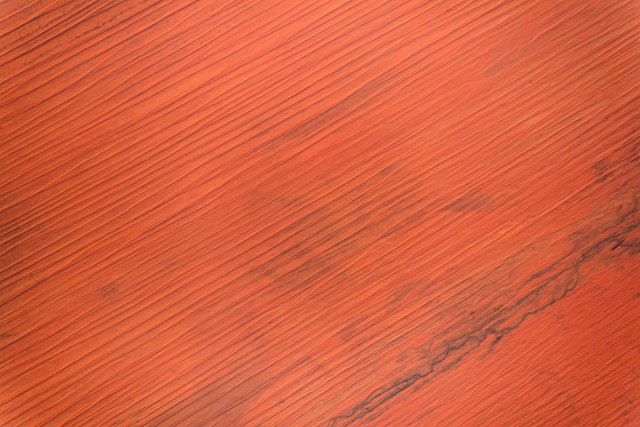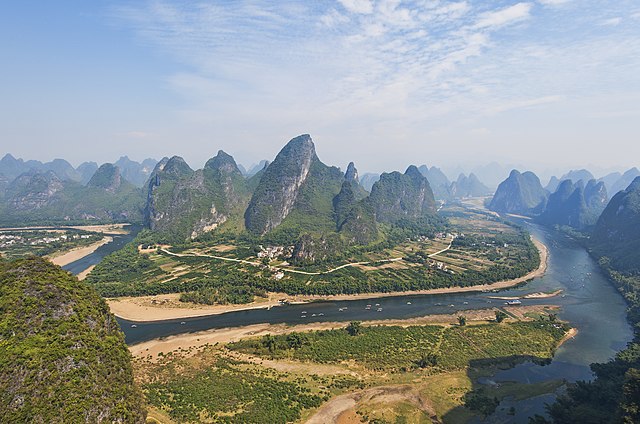A dune is a landform composed of wind- or water-driven sand. It typically takes the form of a mound, ridge, or hill. An area with dunes is called a dune system or a dune complex. A large dune complex is called a dune field, while broad, flat regions covered with wind-swept sand or dunes, with little or no vegetation, are called ergs or sand seas. Dunes occur in different shapes and sizes, but most kinds of dunes are longer on the stoss (upflow) side, where the sand is pushed up the dune, and have a shorter slip face in the lee side. The valley or trough between dunes is called a dune slack.
Dune fields in the Australian desert.
Sand dunes of the Empty Quarter to the east of Liwa Oasis, United Arab Emirates
Isolated barchan dunes on the surface of Mars. Dominant wind direction would be from left to right.
Rub' al Khali (Arabian Empty Quarter) sand dunes imaged by Terra (EOS AM-1). Most of these dunes are seif dunes. Their origin from barchans is suggested by the stubby remnant "hooks" seen on many of the dunes. Wind would be from left to right.
A landform is a natural or anthropogenic land feature on the solid surface of the Earth or other planetary body. Landforms together make up a given terrain, and their arrangement in the landscape is known as topography. Landforms include hills, mountains, canyons, and valleys, as well as shoreline features such as bays, peninsulas, and seas, including submerged features such as mid-ocean ridges, volcanoes, and the great ocean basins.
This conical hill in Salar de Arizaro, Salta, Argentina called Cono de Arita constitutes a landform.
Panorama of Great Smoky Mountains National Park showing physical features of a rolling plain, actually part of a broad valley, distant foothills, and a backdrop of the old, much weathered Appalachian mountain range
Karst tower landforms along Lijiang River, Guilin, China







